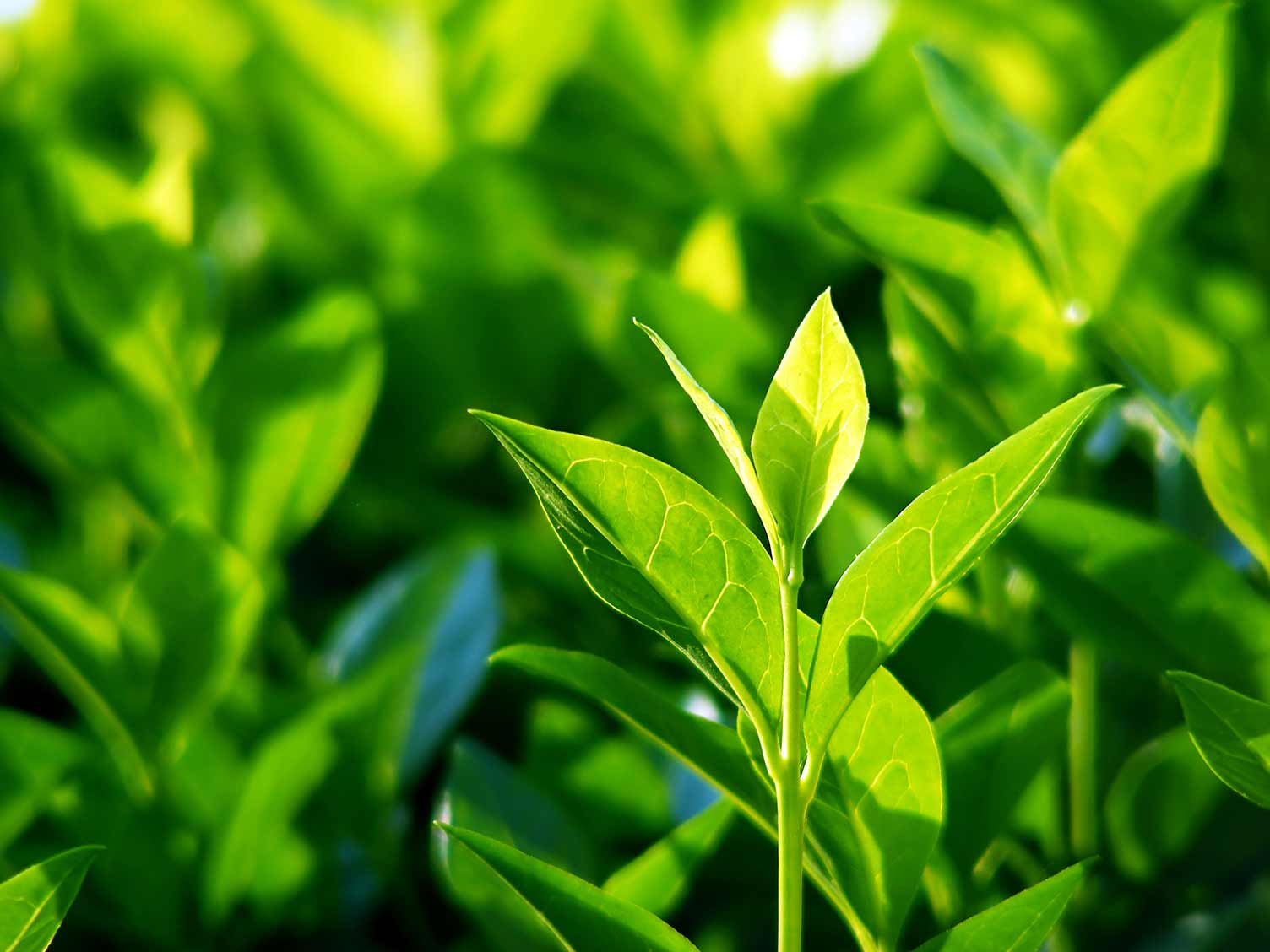Did you know Tregothnan first introduced Manuka bushes (Leptospermum scoparium) to the UK in the 1880s? Thousands are grown for Tregothnan bees and make delicious floral Manuka honey. Now is the time to plant a Manuka bush to enjoy the fresh leaves all year round and the flowers in June. Choose a hardy Manuka bush while they are available, propagated from the original Tregothnan stock.
Planting
Protect roots from excess shock; keep as intact as possible. If your plant is hessian wrapped consider leaving a layer of the material around the root ball when
planting; this will decompose in time and will not adversely affect root establishment. A generous hole should be dug to allow a backfill of soil with some organic matter. THE BUSHES REQUIRE A SPECIAL pH, below neutral, 4.5 is ideal. If you are unsure of your soil pH but you grow Camellias and Rhododendrons already then you probably have good acid soil. Stake and tie if required. Protect from extreme cold, minus 2c is about the limit for small bushes in small pots but established bushes in the ground could tolerate minus 10c for short periods. Wind-chill and water-logging will increase the damage caused by cold. Frosted tea bushes may
re-sprout during the summer. Protect with horticultural fleece or straw where appropriate.
Watering
Do not allow roots to dry. Keep entire plant moist and protected from sun.
Watering should be frequent and thorough: consider watering over the whole plant to reduce ‘evapotranspiration’ losses, especially in drying winds but avoid adding water to leaves during strong sunlight.
Pruning
Once your bush is established, pruning to a desired shape is to be encouraged.
Remember its the new growth you are wanting, leave enough old leaves to allow the bush to photosynthesise and maintain a healthy vigour.
Enjoy!
Your plant should reward you with years of pleasure. No guarantee to live can be offered or implied and Tregothnan cannot accept responsibility for any consequence of the plants leaving our care. Once removed from the Tregothnan garden surrounds each plant is the responsibility of the customer. Full terms and conditions apply.




